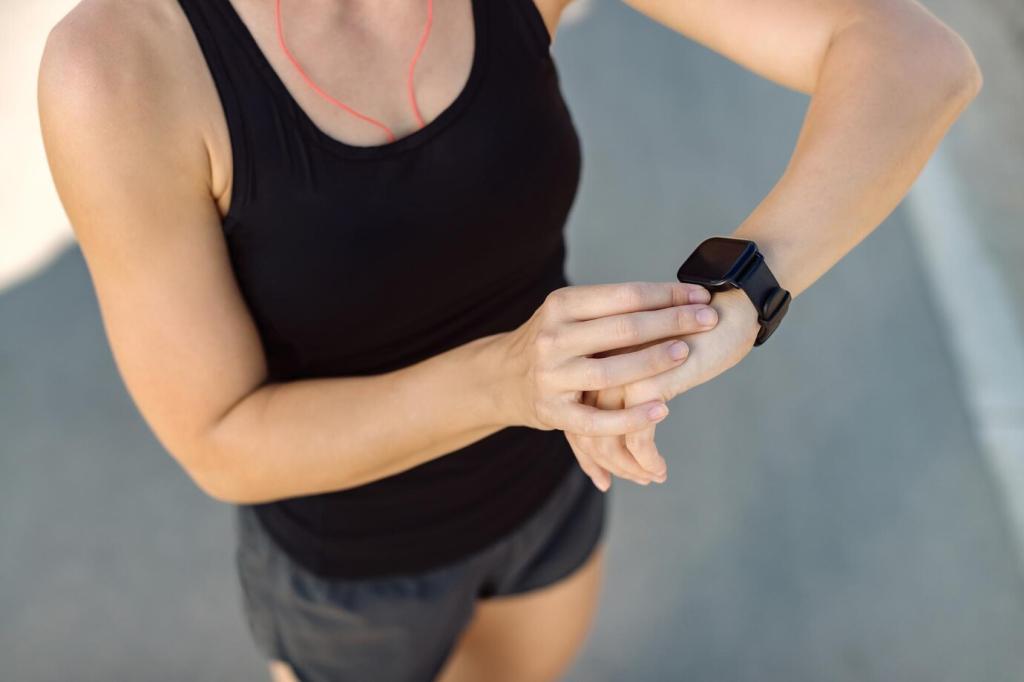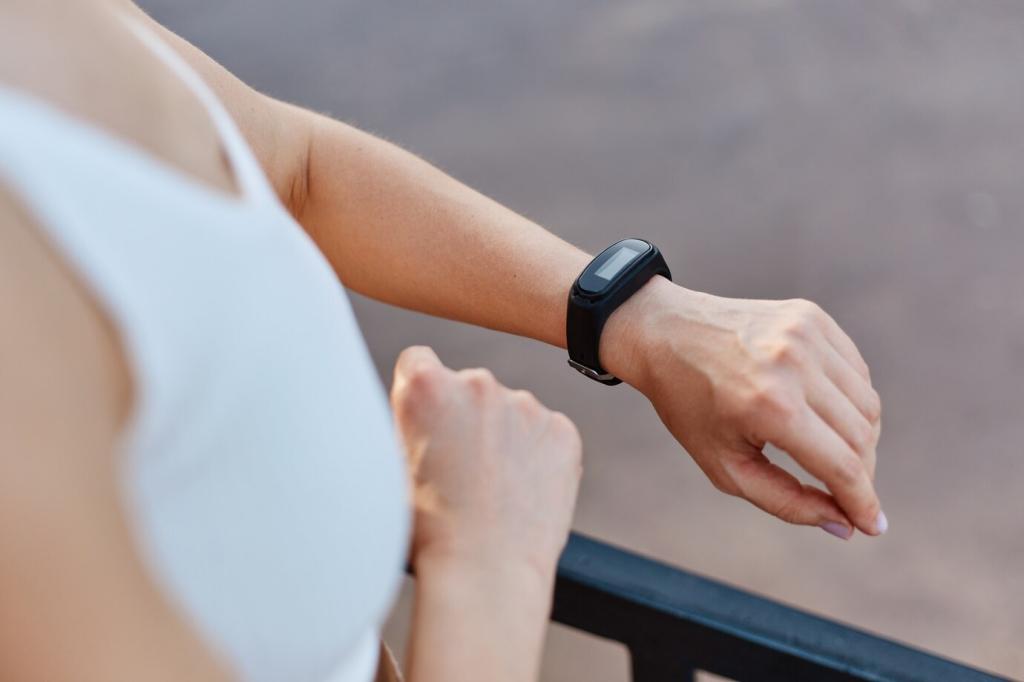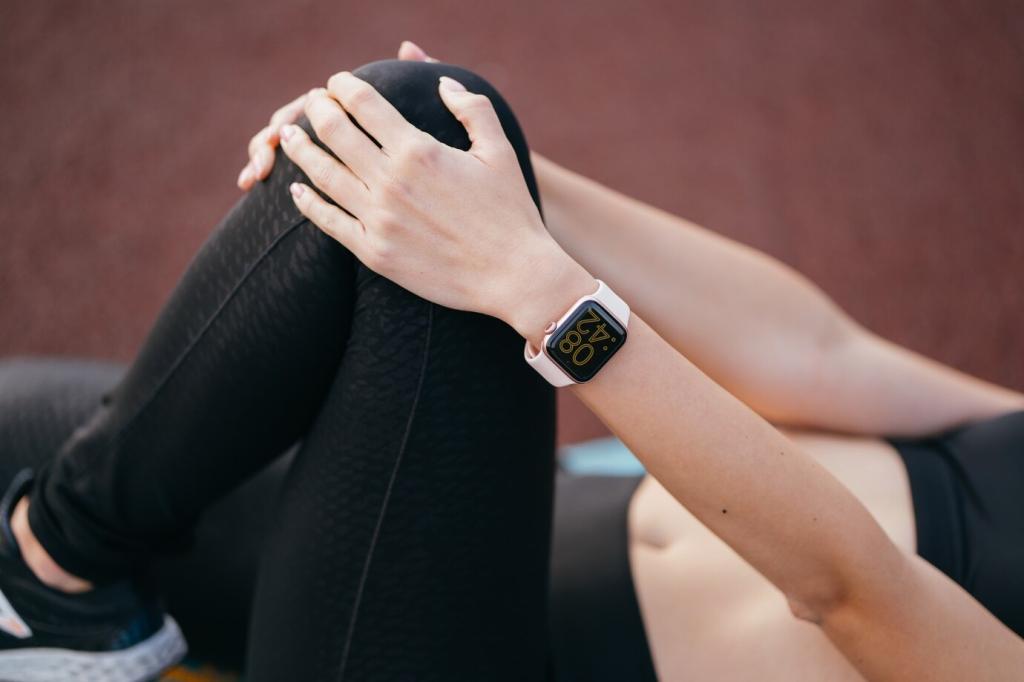Micro-Interactions and Haptic Feedback
Assign distinct haptic patterns for notification urgency, success, and gentle reminders. Keep intensity and duration consistent across flows. Test on skin and through sleeves, because fabric thickness often mutes nuance users depend on during movement.
Micro-Interactions and Haptic Feedback
Use short haptics for completion, longer pulses for warnings, and stacked patterns for transitions users should not miss. Pair with subtle micro-animations so confirmations still read clearly in bright sun or at hurried crosswalks.




